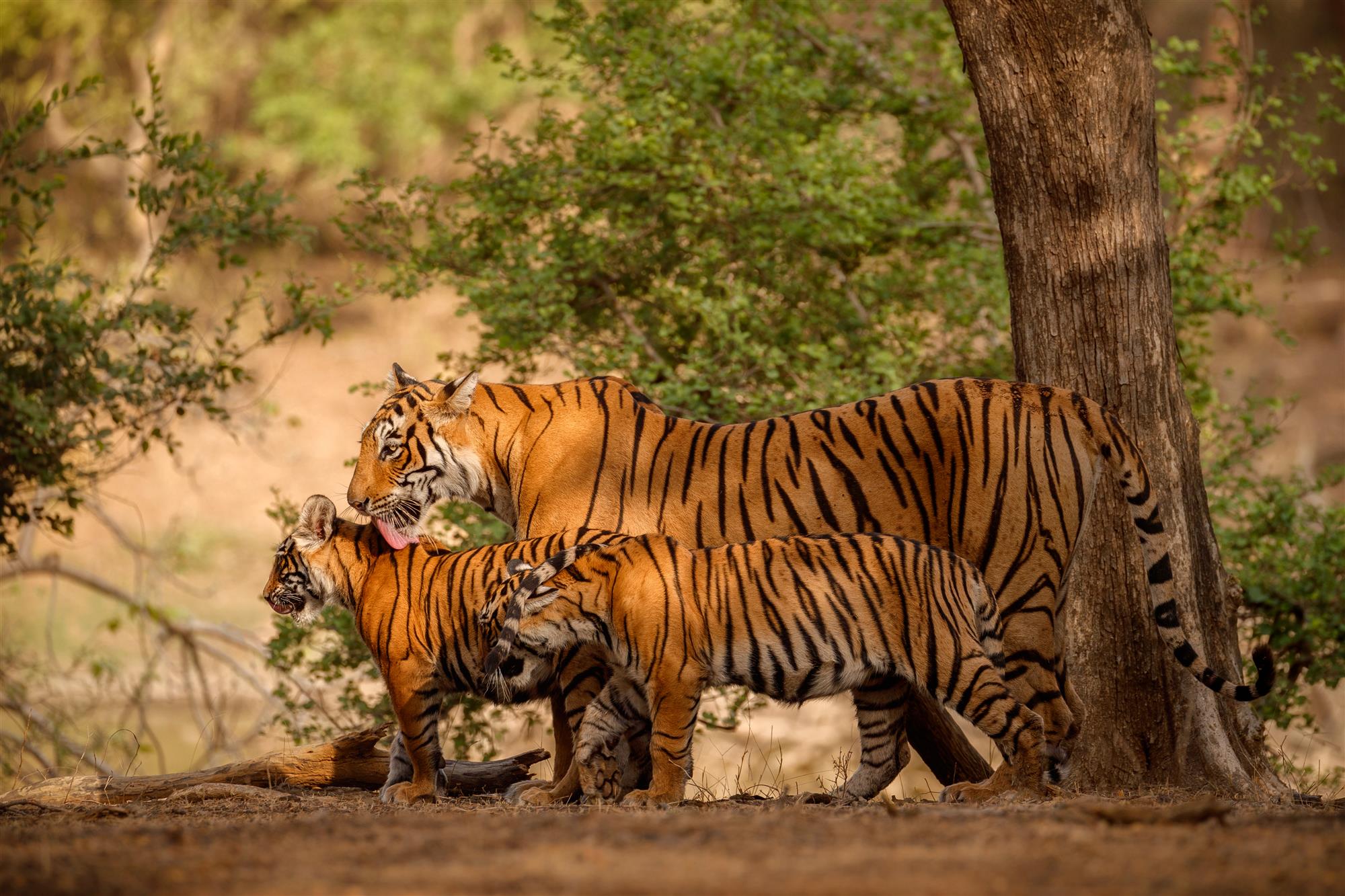Hotels and resorts in wildlife locations have successfully capitalized on the growing popularity of wildlife tourism, by creating luxurious experiences through eco-friendly and nature-centric accommodations that blend seamlessly with the surrounding environment. A fascinating fact is that the individuals and organizations behind these eco-lodges and sustainable resorts often include nontraditional hoteliers who are passionate about wildlife conservation and the natural world. A prominent example is Pugdundee Safaris, one of the earliest entrants into the luxury-experiential accommodation market, which operates 6 resorts in Madhya Pradesh’s wildlife destinations and one in Maharashtra. The company has established itself as a brand and has set a high standard of service and amenities. In addition to the predominantly independent hotels market, well-established and reputed chains such as the Taj Safari Resorts and the Oberoi Hotels Group through the Oberoi Vanyavilas in Ranthambore are leading the way in providing undiluted ‘eco-luxury’ experiences. The independent and branded resorts are driven by a common mission to create accommodations that provide guests with a profound connection to nature; offering a unique range of services that focus on one-of-a-kind experiences, including guided wildlife safaris, nature walks, and eco-friendly activities that align with the surrounding environment. Additionally, sustainable lodges often provide locally sourced and organic dining options, further promoting sustainable practices.
Average rates for resorts in wildlife tourism destinations in India have seen a CAGR of approximately 3% from 2016 to 2020 with annual occupancy levels of 30-35%. The annual closure of all national parks in India for 3 months, during the monsoon and breeding season, contributes to the low annual occupancy rates. However, most resorts are sold out during high season, with booking lead times of 3 to 12 months, indicating an undersupplied market. Additionally, the conscious lack of urban development and commercial establishments in these areas allows hospitality businesses to offer primarily AP plans at the accommodations, which plays favorably for the resorts as the costs associated with meals and additional activities can be managed to increase profitability. Overall, hospitality establishments typically achieve a 30-40% GOP annually. Considering the high seasonal demand, healthy profit margins, and government initiatives to establish more wildlife destinations across India; the market remains attractive for further development, especially as most of these locations are undersupplied. For instance, the top 10 wildlife markets in India, currently have only 1500+ quality hotel keys, of which 36% are branded establishments.

Source: Freepik
Government initiatives are helping maintain the fine balance between wildlife conservation and sustainable tourism growth.
The forests and jungles of India are predominantly under the jurisdiction of the Forest Department, ensuring controlled and regulated access to wilderness areas. This approach supports conservation efforts while providing tourists with a safe and controlled wildlife experience. Unlike the Indian system, some African countries allow private ownership of forest lands, sometimes limiting public access and shifting the onus of conservation to private parties along with the hefty cost of managing the sizable land areas. In comparison, the Indian system is lauded by stakeholders and has shown qualitative improvements in enhancing forest health. Increasing forest cover and the wildlife population result in an increased number of sightings, thereby fueling a steady growth in tourism demand.
Since wildlife tourism destinations are often located in remote or pristine areas, which sometimes require effort to access, the cost of travel to these destinations often includes connecting travel through flights, cars, and sometimes even boat trips. Over the last few years, there has been a heightened effort by the government to improve last-mile connectivity, intending to further bolster demand in these regions.
The wildlife tourism market in India has attained a harmonious equilibrium, with government interventions and initiatives being effectively complemented by the tourism industry's focus on small-scale, experiential, and nature-centric resorts. Unlike certain regions, such as the game reserves in Africa, where hyper-curated wildlife experiences are provided to visitors by private ownership of forest lands, India has traditionally steered clear of this path to prioritize conservation. However, with the escalating demand for such immersive experiences, a collaborative approach involving the government, forest departments, and industry stakeholders may be beneficial. This collaboration could aim to meticulously craft such experiences, maintaining the delicate balance between conservation and visitor access, by ensuring a more disciplined invasion of the natural habitats of our wildlife that is often disregarded by the less conscientious tourists. Furthermore, as an increasing number of branded resorts enter this segment, the destinations see increased demand while achieving a significant boost in average rates and occupancy, as has been seen in Ranthambore. This further highlights the scope for growth in emerging destinations like Kanha National Park and Gir, which still lack the quality hotel supply needed to meet the growing demand.